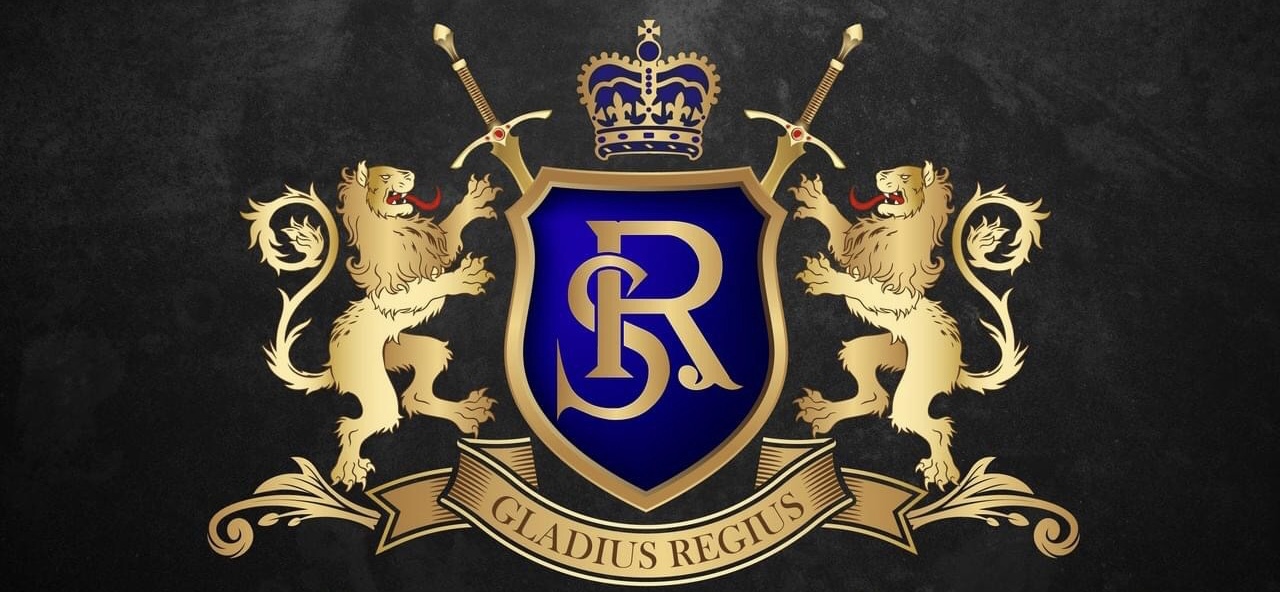Unveiling the Legacy of Historical Relics
- Leon M.
- Sep 12
- 4 min read
The preservation and study of authentic historical artifacts provide invaluable insights into the past. These objects serve as tangible connections to significant events, cultures, and periods, allowing a deeper understanding of history. Among these, military relics from the Third Reich era hold particular interest due to their complex historical context and the craftsmanship involved. The careful collection and examination of such artifacts contribute to the broader narrative of history, ensuring that lessons and memories endure.
The Importance of Authentic Historical Artifacts
Authentic historical artifacts are more than mere objects; they are witnesses to history. Their authenticity ensures that the information derived from them is accurate and reliable. Collectors and historians alike place great emphasis on verifying the provenance and condition of these items. Authenticity is established through various methods, including expert analysis, documentation, and comparison with known examples.
The value of authentic artifacts lies not only in their rarity but also in their ability to convey stories. For instance, military uniforms, medals, and equipment from the Third Reich era reveal details about the military hierarchy, technological advancements, and the socio-political climate of the time. These artifacts are preserved in museums and private collections, where they are studied and displayed to educate future generations.

Identifying and Acquiring Authentic Historical Artifacts
The process of identifying authentic historical artifacts requires expertise and careful examination. Collectors must be vigilant against reproductions and forgeries, which are prevalent in the market. Key indicators of authenticity include material composition, manufacturing techniques, wear patterns, and historical documentation.
When acquiring such artifacts, it is advisable to consult reputable sources and dealers who specialise in authentic items. For example, the website third reich relics offers a curated selection of genuine military artifacts from the Third Reich era. This platform provides detailed descriptions, provenance information, and certification where applicable, facilitating informed purchases.
Practical steps for collectors include:
Researching the specific type of artifact and its historical context.
Requesting detailed photographs and documentation from sellers.
Seeking expert opinions or authentication services.
Verifying the legal regulations regarding the ownership and trade of such items.
By following these guidelines, collectors can build a credible and valuable collection that honours historical accuracy.

Preservation Techniques for Historical Military Artifacts
Preserving historical military artifacts requires specialised knowledge to prevent deterioration while maintaining their integrity. Environmental factors such as humidity, temperature, and light exposure can significantly affect the condition of these items. Proper storage and handling are essential to prolong their lifespan.
Recommended preservation practices include:
Controlled Environment: Maintaining stable temperature and humidity levels to avoid corrosion and material degradation.
Protective Enclosures: Using acid-free materials and display cases that shield artifacts from dust and physical damage.
Minimal Handling: Reducing direct contact to prevent oils and dirt from affecting surfaces.
Regular Inspection: Monitoring artifacts for signs of deterioration and addressing issues promptly.
For metal objects, such as weapons and medals, gentle cleaning with appropriate materials is advised. Organic materials like textiles and paper require even more delicate care, often involving conservation professionals.

The Historical Context of Third Reich Military Artifacts
Military artifacts from the Third Reich era represent a complex and often controversial period in history. These items reflect the military strategies, technological innovations, and ideological aspects of the time. Understanding their historical context is crucial for responsible collecting and interpretation.
The Third Reich period saw the production of various military equipment, including uniforms, insignia, weapons, and medals. Each artifact carries significance related to its use, rank, and symbolism. For example, medals awarded for bravery or service provide insight into the military culture and values promoted during the era.
Collectors and historians must approach these artifacts with a balanced perspective, recognising their historical importance while acknowledging the broader implications of the regime they represent. This approach ensures that the legacy of these items is preserved for educational purposes rather than glorification.
Ethical Considerations in Collecting Historical Military Artifacts
The collection of military artifacts, particularly those associated with contentious periods such as the Third Reich, involves ethical considerations. It is essential to approach this activity with respect for the victims and the historical realities involved.
Collectors are encouraged to:
Avoid items that promote hate or extremist ideologies.
Use artifacts for educational and historical research purposes.
Support transparency and legality in the acquisition process.
Engage with communities and institutions that promote responsible collecting.
By adhering to these principles, collectors contribute to a respectful and informed preservation of history.
Enhancing Collections with Authentic Historical Artifacts
Building a collection of authentic historical artifacts requires dedication and knowledge. To enhance such collections, collectors should consider the following recommendations:
Diversify Items: Include a range of artifacts such as documents, uniforms, medals, and equipment to provide a comprehensive historical narrative.
Document Provenance: Maintain detailed records of each item's history and acquisition to support authenticity.
Engage with Experts: Participate in forums, attend exhibitions, and consult historians to deepen understanding.
Invest in Quality Storage: Use appropriate display and storage solutions to protect and showcase artifacts effectively.
These practices not only preserve the artifacts but also increase their educational and monetary value.
Continuing the Legacy of Historical Relics
The legacy of historical relics is preserved through careful collection, study, and conservation. Authentic artifacts serve as bridges to the past, enabling a nuanced understanding of history. The availability of specialised resources, such as third reich relics, supports collectors in acquiring genuine items that contribute to this legacy.
By maintaining high standards of authenticity and ethical responsibility, the historical significance of these artifacts can be honoured. This ongoing effort ensures that future generations have access to tangible pieces of history, fostering education and remembrance.
The stewardship of historical relics is a commitment to preserving the truth and complexity of the past. Through informed collecting and preservation, the stories embedded in these artifacts continue to resonate and inform the present.


Comments